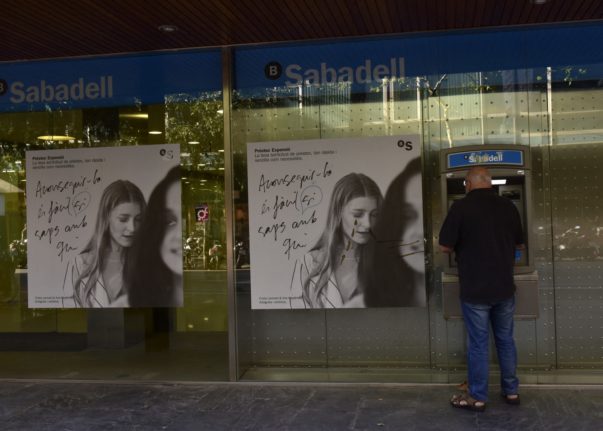Most children in Spain will be going back to school in the second week of September, which still leaves quite a bit of time to get all the new materials and books. However, it’s best to start as early as possible, as a scramble for books in early September often causes them to run out, and prices to go up.
In 2021, families in Spain spent on average €386 per child on their return to school, with books and other materials making up about half of the expense.
In 2022, with rising inflation affecting pretty much all living costs, the overall return to school cost per child inched up to €405, roughly the same as for la vuelta al cole (return to school) in 2023.
For infantil (0 to 6 years), parents can expect to spend €101 per child on schoolbooks, for primaria (6 to 12) it will be €187 and for secundaria (12 to 16) the average expense is €260.
READ ALSO: Why are books so expensive in Spain?
Keeping this in mind, parents should be armed with all the tricks in the book to help reduce costs, so here are some handy cost-cutting tips:
Compare prices in different bookshops
The website Ahorra en Libros allows you to compare prices in different bookshops, so you can find the cheapest new books. You can search them easily by using the ISBN number.
Independent bookshops
Many independent bookshops will give you the maximum authorised discount of 5 percent on books for Bachillerato (high school), and up to 10 or 15 percent for primary and secondary schoolbooks, so it’s worth asking for a discount.
Second hand websites
Of course, the best way to save money (and to be less wasteful) is to buy second hand. Websites like OkLibros and Relibrea have been set up in recent years specifically to help people find schoolbooks.
Meanwhile many parents have also been using re-sale websites like Wallapop, where users can buy, sell or exchange with people in their neighbourhood.
Some bookshops like La Casa del Libro also have their own second hand book sections, which you can search on their website.
When buying used books, be sure to check that the ISBN number matches the one in the list provided by the school. Text books have to be reedited with new information every few years, so some of them get outdated very quickly.
Getting in touch with other parents at the school
Perhaps the most effective way of swapping books is by getting in touch with other parents. It’s likely many of the books on the curriculum will be the same as the previous year, so it’s worth trying to find someone in the year above who can pass on their books, and someone in the year below who might be able to reuse yours.
The school’s own second-hand scheme
Many schools have been organising their own book swaps, where children effectively “rent” their books and return them at the end of the school year. However, this means the books need to be looked after throughout the year and kept in good condition if you want to get your deposit back.
Check if your Spanish region offers deductions
Some regional governments offer either free text books or pay for part of the price parents pay for them. For the 2023/2024 academic year, Aragón, Asturias, the Balearic Islands, Murcia, Castilla-La Macha all offer to reimburse the cost of these text books, whilst other regions and provinces help out large or low-income families in other ways with the cost of text books.



 Please whitelist us to continue reading.
Please whitelist us to continue reading.
Member comments